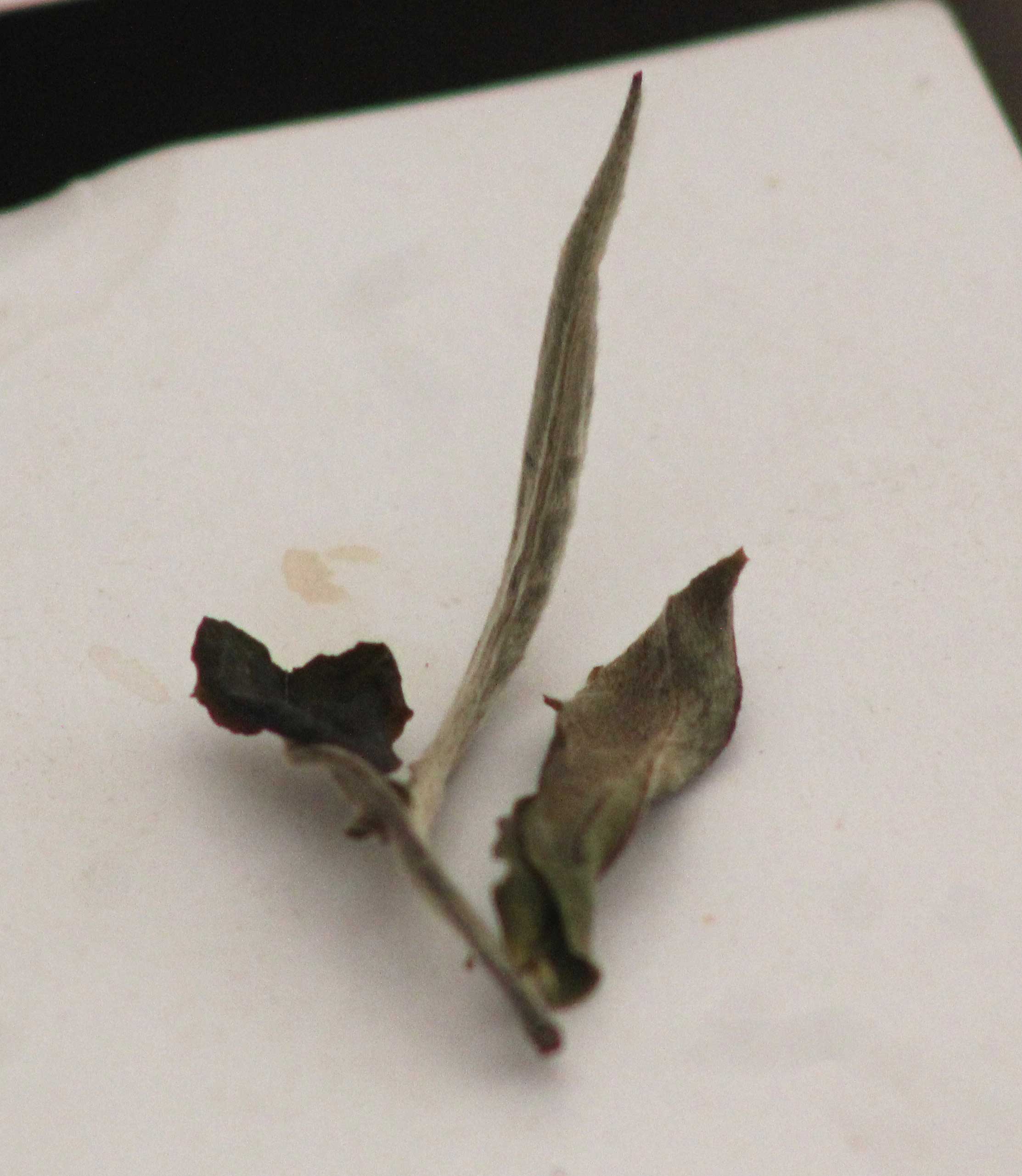“In the wildest dreams of Kew are the facts of Kathmandu.”
–Rudyard Kipling
Walking through the streets and alleys of Kathmandu, is like a walk back in time; it has many tales to tell, this mysterious city— once an abode of the Gods. The monuments are a treasure trove of sophisticated artistry unique to Nepal. Of particular interest and a source of unreserved admiration from visitors are the superbly crafted woodcarvings. Set into the facades of temples, palaces and even ordinary houses, these wonderful works of art have fascinated travelers for centuries. Most of these creations date back to the 18th century, the Golden Period during the reign of the Malla kings.
Nepal probably has more temples and monasteries per capita than any other country in the world. Perhaps, nowhere in the world are the carvings in wood so elaborate, varied in design and so entrenched in religion. Even the name, “Kathmandu,” derives from the Sanskrit word kasthamandap, which is the conjunction of kastha, meaning wood and mandapa, meaning pavilion or hall. Kasthamandap is the oldest surviving timber structure in the valley at the western edge of Kathmandu Durbar Square. According to the Department of Archaeology, the structure dates back 800 years, its three tiers of pagoda roof rising fifty feet above a long veranda. Legend has it that it was constructed entirely from the trunk of a single Sal tree (Shorea robusta).
Traditional Nepali art and architecture is steeped in religion. Artistic works are often replete with elements of
Buddhism, Saivism, Tantrism or Vaisnavism. Buddhist contacts supposedly began in the 3rd century BC, ultimately giving way to Vajrayana and along with it, Tantrism, Hindu Saktism with its esoteric practice and terrible gods also made its way into Nepal. Saivism and Vaisnavism also lent their influence. This resulted in profuse influences in art and architecture – multiplication of heads, arms and legs as well as their attributes and colors that symbolize omniscience, omnipresence and omnipotence.
Viharas, temples and stupas invariably embody some religious connotations – where humans can make contact with the realm of the gods.
The gods, Lokeswara or the Salabhanjika or Bhairava are represented in beautiful motifs on struts, the Kalasa (holy water vessel) and the Naga (snake gods) motifs on the pillars, the Makara and the Vyalas on the tympanum, the astamangalas (auspicious signs) on the lintels, the Sivalingas(Phallic symbols) on the eave-board, the Mahabharata (Hindu epic) incidents depicted on the wood, and the erotic sculptures on the brackets present an unusual spectrum of Nepal’s fascinating picture of cultural integration – a result of cultural communication of several centuries culminating in the medieval and late medieval period of the Mallas.
“It was the Newars, who are responsible for the creation of such extraordinary wooden architecture of Nepal. Their architectural vocabulary is rich, varied and have even today retained in their vocation, technical terms in Newari for virtually every part of a wooden structure, be it a pillar, a grill, a window or a door,” says Keshab Raj Shakya (alias Keshab Sahu), an expert veteran wood carver from Bungamati. (Peek Into the Past: ECS June 2005)
The exquisite woodcarvings on temples, monasteries and palaces are concentrated more or less, around politically active Kathmandu (City of Temples), Lalitpur (City of Fine Arts) & Bhaktapur (City of Devotees). Bungamati in Lalitpur is of particular interest as many of the fine works originate there, and the old woodcarvers from this little town are much sought after even for modern homes. Other works of art on wood, are found in Banepa, Kirtipur, Sankhu, Panauti and even Gorkha. Some of the major works can cost a fortune. These skillful craftsmen are Newars and preserve a legacy handed down for several generations.

Buniya to Kick- start Shri Panchami
Buniya To Kick-start Shri Panchami Every year, on the day of Shri Panchami (Basant Panchami), I remember waking up...









